Who will take the tickets for a pack ... or about the monetization of gaming applications
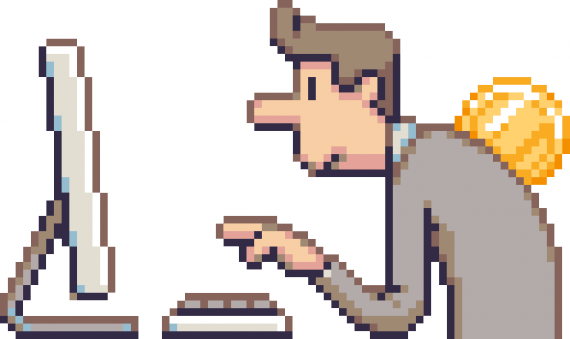
The first post was introductory and told more about the directions of sales within the game, rather than their use.
Let me remind you that in this post we will focus on casual games in the social. networks.
Before reading the text below, I will ask everyone to deny everything humane that is in you. The following discussion focuses only on money and how to earn it more effectively.
First of all, you need to understand and accept the fact that the game is a software product. First of all, time is spent on its development. Yours, yours and your friends, yours and hired freelancers. For extra time, you vitally need food, which in our society is sold for money. Time is money. Therefore, if you do not have financial independence and you still consider payments in games to be evil - sorry, this post is not for you.
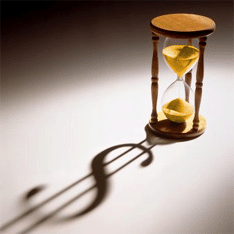
')
So, to the point.
Each game implies a choice. A choice that ultimately leads to either victory or defeat. The choice depends on the amount of a specific user in-game resource. Wrong choice - loss of resource. This resource can be a time for passing through, it can be crystals or tugriks. Not the point. The only important thing is that while playing the game, the user accumulates and / or spends resources.
Where there is income and expense - there is a balance. Balance is one of the most complex and deepest topics in the game. And it concerns not only resources, but also mechanics. From the speed of the bullets to the price of a new machine gun. It is on the basis of balance that the monetization of the vast majority of games is built.
When balancing incomes and expenses by developers in the right places, an artificial shortage of certain necessary resources is created. As a rule, the “right place” is understood as a moment in the game, the passage to which objectively takes the amount of time, regarded by the developer as sufficient to get involved in the game, to generate interest. The players that have passed up to this point can already be called loyal. The player (already loyal) is put in a not quite comfortable position. For example, in order to make a trip to a dark dungeon, it takes 100 crystals to pay goblins. But, here's the bad luck: by the time they collected only 60. And to accumulate 40 is 4 hikes into the enchanted forest, which is free, but it takes 5-10 minutes to set. It would seem that we do not force the player to pay. We are only building a serious, but quite passable obstacle in front of him.
Living example. Games with asterisks for passing levels. The head of 10 levels. Beta test shows that on average, players score 15-18 stars. It would be logical to make the transition to the next chapter above 20 stars and just offer to buy the missing number of stars at the end of the 10th level. The player can sit down and replay the levels. We do not limit it. Just show a shorter way to new puzzles. And those who liked the game, those who want to see new tasks here and now, without replaying the levels already completed, will make a purchase.
At this stage, we need to understand that by balancing user receipts and spending, we create obstacles. Which are estimated by the user in comparison with the time required to overcome them.
All this leads us to the sale of in-game currency.
A common practice for games is to create soft and hard currencies.
Soft currency is the currency in the game, the extraction of which is ordinary for a player. For each battle / level the player gets a bunch of silver coins. All the main actions in the game are performed on this soft currency. Boosters are bought, armor is improved or at home.
Hard currency - tied to real money. Its prey in the game - a difficult matter. Initially, usually, the player is given quite a bit, 10 magic crystals. And as you play, you get even less and only for special successes (complex quests, for example).
One of the working schemes with currencies. Suppose a player performs actions that cost 100 units of soft currency. To earn these 100 units takes 15 minutes of the game. However, we can introduce a second price tag for the action - in hard currency. In total for 5 crystals which in turn cost, we will allow 1 real ruble. The bottom line is 15 minutes for a ruble of money. Again, we do not limit the player. Just show the fast way to the goal.
The expression of time in the value of real money - the most profitable tactic for the construction of monetization. Time is the most valuable resource. And we are able to estimate the time of players in monetary units. Time is money.
At this stage, we come to a simple scheme:
- in the game there is always a choice between a long and a short way to the goal
- we monetize player time
- yes, we are dishonest bastards
Selling in-game currency in many games comes down only to a simple Bank interface solution.

In this example, we see quite a good and justified move on the part of the developers - an indication of the benefits when buying a large lot.
Profit is a strong enough motivator to buy. As a rule, before buying a player already understands about how much hard currency he will need to play "for a quick" and for how long. Therefore, a better buy will only benefit the player. Buy more - no longer will bother to pereprohozhdenie already uninteresting (because it passed) missions.
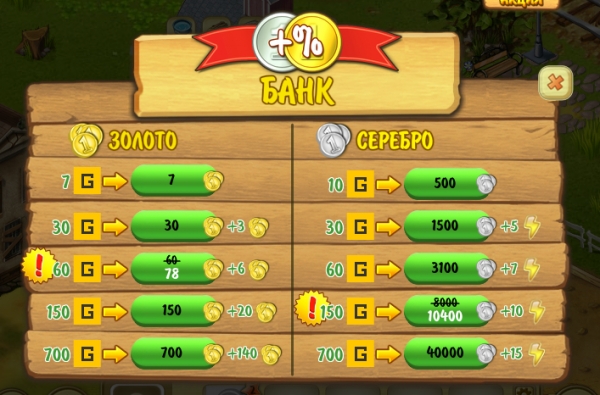
In this example, there are firstly discounts, and secondly - progressive bonuses.
With regards to discounts - I would recommend laying in the engine the ability to change discounts on lots. First designate a discount of 10%. And put it on different lots during the month, revealing a greater percentage of sales. Then, increase the discount to 15-20% and see how it will affect sales. If the changes are not significant - return as it was 10%. You should not simply produce excess in-game currency. This is your bread.
As for pricing. I do not advise the interface to do just progressive lots.
An example of progressive lots:
10 coins - 1 ruble
50 coins - 4 rubles
Here the price jumps from 10 to 8 kopecks per coin. However, the mathematical operations performed in the player’s mind are bad. Price tags should be visual:
10 coins - 1 ruble
40 coins (+10 bonus) - 4 rubles
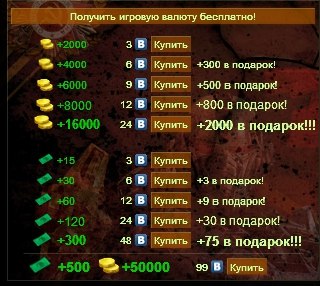
Agree, this arrangement looks much more pleasant. And it's easier to count. And the bonus is clearer. And it works more efficiently than the first example. In short, the essence is that the basic rates of lots are always equal to the smallest lot. The difference in the bonus should be clearly shown to the user.
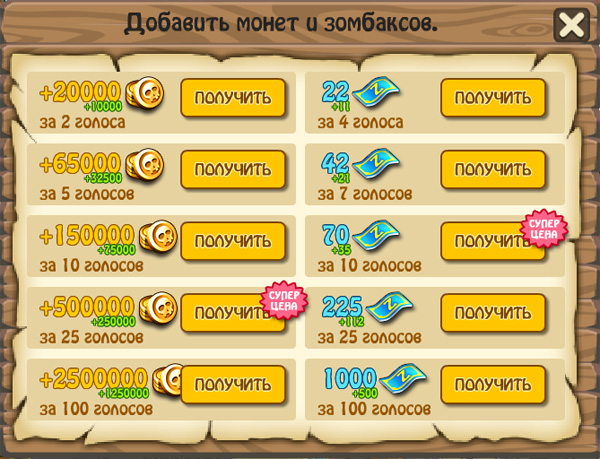
Here is an example of how not to do better. I broke my whole head while trying to understand what small green digits with a “plus” sign mean. I did not understand the dependence. These green pluses will be added to the nominal lot? Or already included in it? And if I need 30 thousand coins and I buy the first lot - and there, it turns out, only 20 thousand, in which 10 are already included - it turns out, shall I make another purchase? Why this confusion?
And one moment. See the "super price" badges? You shouldn't do that either. This is a complete bullshit, which absolutely does not give a damn when choosing. “Super Price”, “Best Buy”, “Most Choice” - all this is crap that does not work. Only numbers that are visible are working. Which do not need to be recalculated in order to understand where it is profitable and where it is not. The currency purchase window should be the easiest in the game. This window only one step separates the player from the payment. And we can make this step as transparent and simple as possible.
Promotions and sales.
This is another sales channel hard game currency. The sales mechanism must contain a time frame. Start and end. You will be greatly surprised how the players react to the ending time counter - the end of the sale or promotion.

How often to arrange such events?
Depends on the proposed amount of currency. At the time of the introduction of promotional events in the game - you will already have an understanding of how long the average volume of a currency is enough for. Here to him safely add a day or more.
How to show the start of sales interface?
Some games insert a special icon with a timer in the interface. Some show the window when entering the game, and when the window is closed, they also highlight the icon at the selected place.
A very good move: after the rewarded actions (passing a level, collecting income from a house, passing a certain place to a location) - insert a dialogue telling the player that they have just found a rare lamp. With the button "rub". Next - everything is clear - we show the window, turn on the counter, hang the icon with the counter in the interface. There is a very delicate moment of “discovery”. It is perceived more gently than an obsessive window on the login. Yes, and original. When I first saw such a thing, I made a payment just because I liked exactly how I made a purchase offer. Moreover, I did not even need these resources. Just liked the idea.
I tried everything. Do not buy anything. Servers to pay (and mourn later) in a week, but there is no money. What to do?
Let's play Russian roulette. Gambling meta-game 1 time per day is a very frequent phenomenon in games for social networks. These could be thimbles, cards, lottery tickets, a fortune wheel, a black box, etc. - anything that comes to mind. The main thing is that the payment for this meta-game and the winnings should be correlated with prices in banks. Playing such “pseudo-gambling” games is vital for the player to leave in positive territory close to that - or with luck greater than the lot in the bank. From my personal practice, I will say that the introduction of such a mechanism allowed us to triple the daily income from the game.
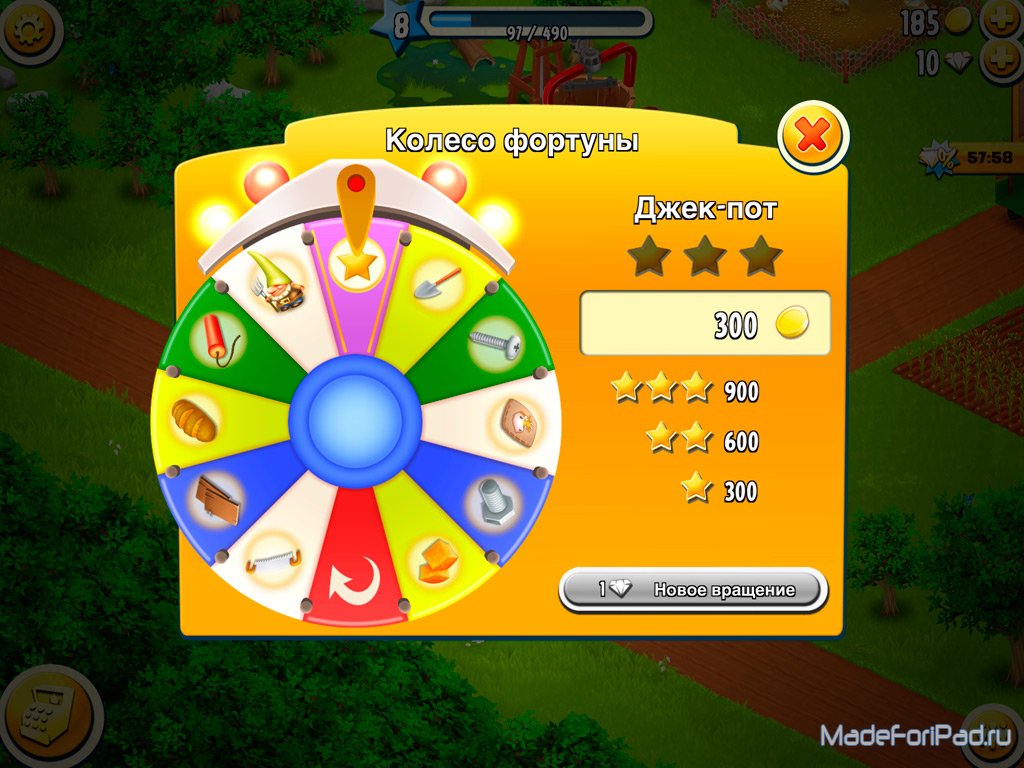
Of course, there is a risk that most payments will be made in this meta-game.
I had one experiment. The window with the metagame was set for new users at the very entrance to the game.
Those. The first thing that a player sees in a game is a window with an offer to play something and win a currency, the value and importance of which is not yet clear.
Of all the meta-game payments made during the experiment, (sic!), Almost 30% were made by new players. I can not logically explain this. Just a fact.
Subscriptions.
Once I tried to implement the subscription mechanism, but it was not exactly a gaming application. It was an application that allowed you to create collages from hundreds of different images. Initially, there was a limit on the total. Access to unlimited use opened for 20 rubles. Then, having entered the subscription system for a smaller amount, but for a short time - I was faced with indignation from already paid users. Revenues have increased, but the community was against - had to be removed. In gaming applications, subscribing to the use of any advantage in the game is a very cool mechanism that is used by very strong titles:
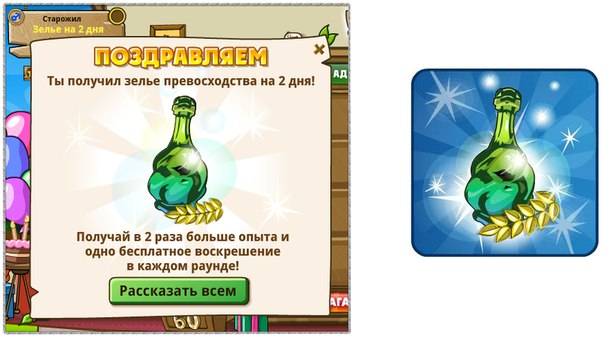
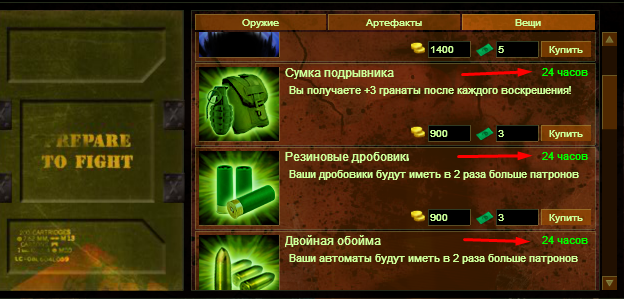
Of course, for good reason.
The effect of the first payment.
In the game there are concepts of paying and not paying users. The task for monetization is to translate the second into the category of the first.
Why, you ask? There are certain types of players who would love to invest in the game, but they are strangled by a toad. They have not yet met the proposal that would satisfy them. As a rule, such players either surrender to the bottom of the day at 7-8 and make the first payment to the game, or they leave. To speed up the process of "upgrading" the user, special promotions are applied to non-paying users. The server stores data about when the person was registered for the first time in the game, how many gaming sessions he spent, some even consider it is time. Good practice for such things is to track the user, who personally went through 2-3 artificial shortages. Check the amount of his resources and offer the appropriate action at a completely bargain price, with bonuses and additional resources. In general, seduce to the fullest. Returning to the effect of the first payment, there’s absolutely one thing here — those who paid once — are more likely to repay within the game. Yes, it is disgusting on the part of morality. But, we are here to "eat" collect.
In general, monetization is not a tricky question. To drive a player into a difficult situation is easy. Trying to sell the player his time is not so easy. I urge all igrodelov to a sense of proportion. She and only she creates a reputation for gaming studios, under the flags of which either overly greedy games or hit games are issued, payments in which are made by players consciously and with great desire and gratitude.
And this gratitude is the highest measure for those who create virtual worlds. Worlds in which players spend part of their lives.
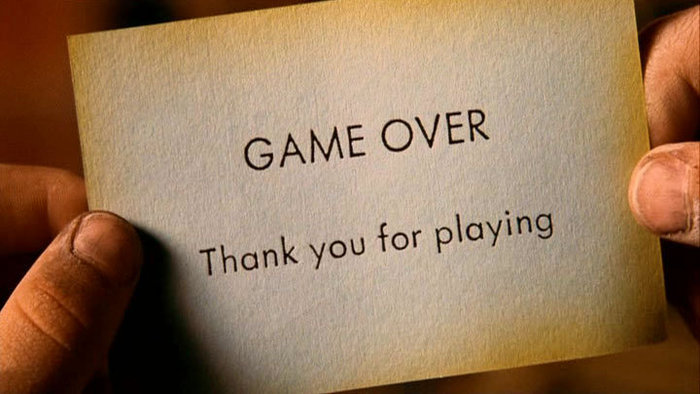
Source: https://habr.com/ru/post/222051/
All Articles